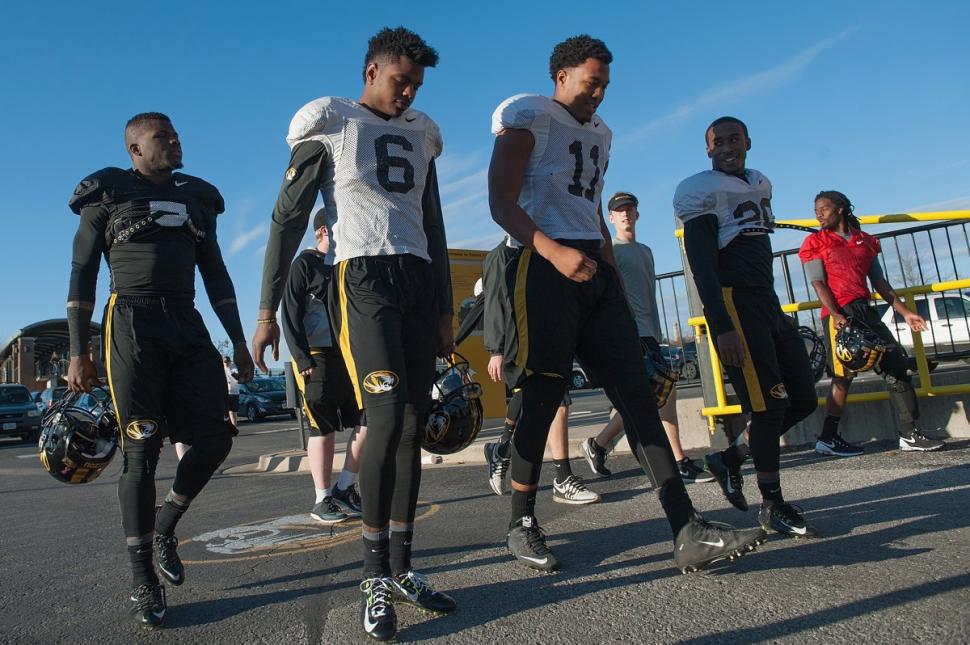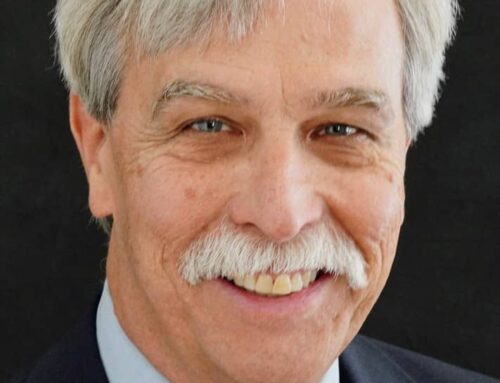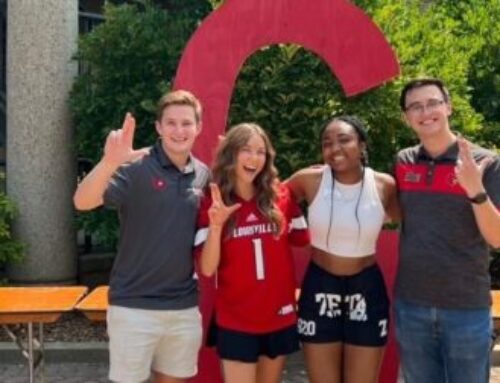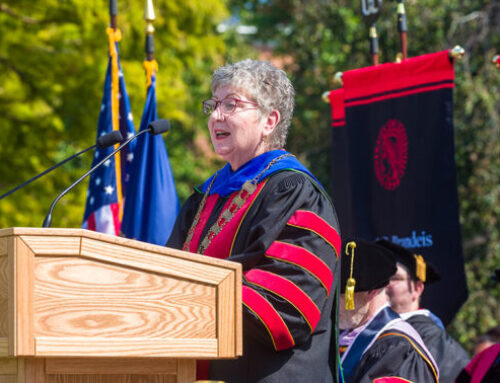The NCAA is terrified. What occurred in Columbia, Missouri last week is the kind of recurring nightmare that causes NCAA head Mark Emmert to wake up with a start on his bed made of corporate sponsorship money and the discarded parts of former college superstars (oh look, it’s Marcus Lattimore’s knee ligaments).
Over the past week or two, students at the University of Missouri staged protests asking for the resignation of both the Chancellor Richard Lofton and the President of the University of Missouri system, Tim Wolfe. The protests hinge on what the students say is a lack of serious action taken by the administration over a series of racist incidents that have transpired on campus.
Both Lofton and Wolfe announced their resignation early last Monday morning, saying that they hoped this would help the healing process for a community that has, at least historically, seen its fair share of racial strife. But something very important happened in those seven days between the announcement of a hunger strike by graduate student Jonathan Butler and the resignation of the top two officials at a school twice the size of U of L. When he started that protest, little did Butler know, he was about to receive the support of the most influential people on almost any college campus: the student-athletes.
On Nov. 7, the Mizzou football team announced that they would be boycotting any future practices and games until, as Butler demanded, Wolfe was removed. About 36 hours later, both Lofton and Wolfe were at a podium announcing their respective resignations.
Now, certainly, to credit the football team and the football team alone for achieving these results would be a disservice to Butler, as well as the countless students who protested peacefully but passionately to see change effected in their community. To be sure, they were the ones who brought these issues to the attention of the nation. But, there’s something about sports that gives it the ability to inject issues directly into the national consciousness.
“The message sent by the Mizzou football team was far deeper than anyone could’ve expected,” said U of L senior Jarel Johnson. “It truly shows how much influence athletes, both collegiate and professional, can have on social issues.”
When the Missouri football team announced their boycott, I think a lot of people who wouldn’t have otherwise cared suddenly had a vision of waking up on Saturday morning only to find cartoons instead of Mizzou football, which didn’t sit very well with them.
What happened in Columbia is a group of students realizing the enormity of their influence. They figured out the dirty little secret that universities and the NCAA have been trying to keep for decades, and that secret is that these students are actually million dollar athletes. These players are the driving force behind an industry, a product that generates hundreds of millions of dollars every year. Universities, working hand-in-hand with the NCAA, have convinced us all that student-athletes are just regular students who happen to excel at athletics.
The thing is, most college students don’t have a jersey with their name on the back being sold for 100 dollars in the bookstore. Most college students aren’t on the cover of magazines or the lead story on SportsCenter, and most college students can’t oust the president of their university by threatening a boycott. Emmert is Dr. Frankenstein, staring his monster in the eye for the first time, and realizing that he’s created something outside his control.
Photo courtesy / Nydailynews.com






